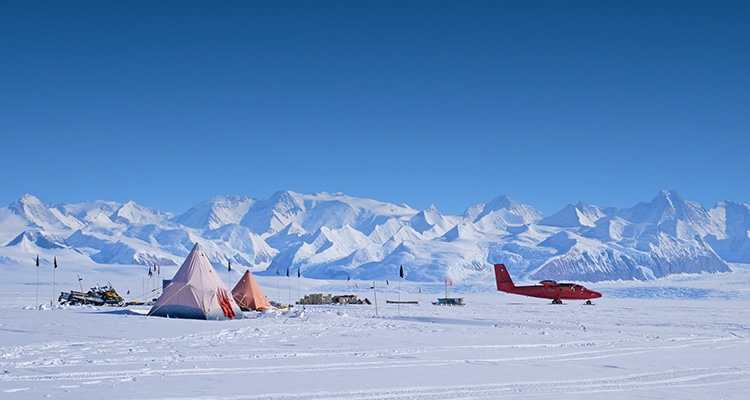Landscapes in deglaciated areas are like time machines. By looking at the shape and size of landforms, interpretations about the former ice flow processes can be made. Wherever you see a drumlin (an elongated, teardrop shaped hill) you know a fast-flowing glacier used to be here. But how did they form and what can that tell us about present-day and future ice dynamics?
With ice flowing at more than one metre per day, Rutford Ice Stream in West Antarctica counts as fast flowing, and its bed is laced with elongated landforms. NERC fund research into understanding the link between these landforms and actual ice stream dynamics through the BEAMISH (Bed Access, Monitoring and Ice Sheet History) project.
The BEAMISH project aims are both academic and practical. The overall goal is to find out how Rutford Ice Stream has changed in the past and is flowing today. To do this scientists:
-Drill access holes to the bed of Rutford Ice Stream
-Sample and instrument the bed, ice and surface
-Find out when the ice sheet last disappeared
-Measure the temperature and straining of the ice
-See how water and sediment under the ice allow it to move fast
The project aims to improve our understanding of two aspects of this uncertainty: first, the past behaviour of the West Antarctic Ice Sheet (WAIS), and second, the flow of the fast ice streams that drain it. By choosing the right location, both these aims can be addressed within one project.
When completed, the project will give information on:
-An age for the most recent collapse of the ice sheet in this region
-The water system beneath the ice
-The thermal regime of the ice and bed
-The partition of ice motion between the three different flow mechanisms – sliding, ice deformation and bed deformation
Read the full story from Rebecca Schlegel on the Planet Earth pages.

